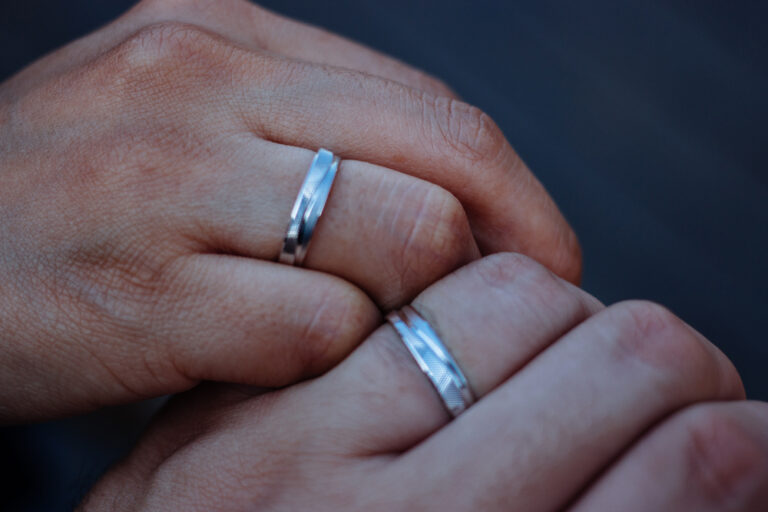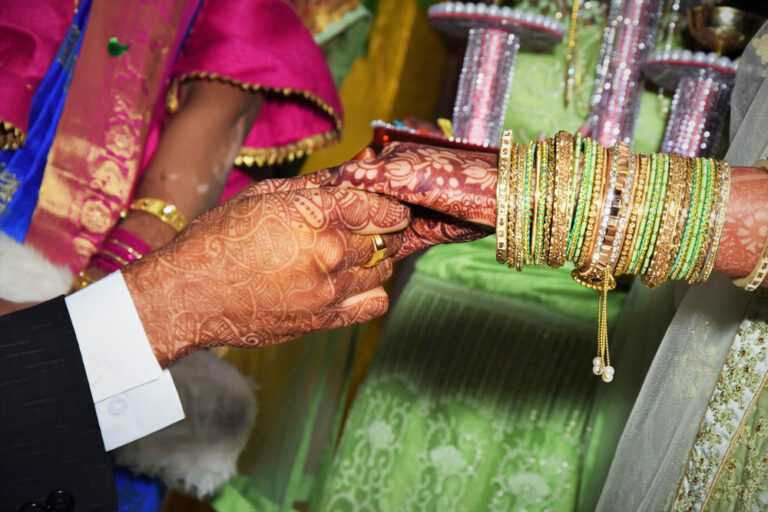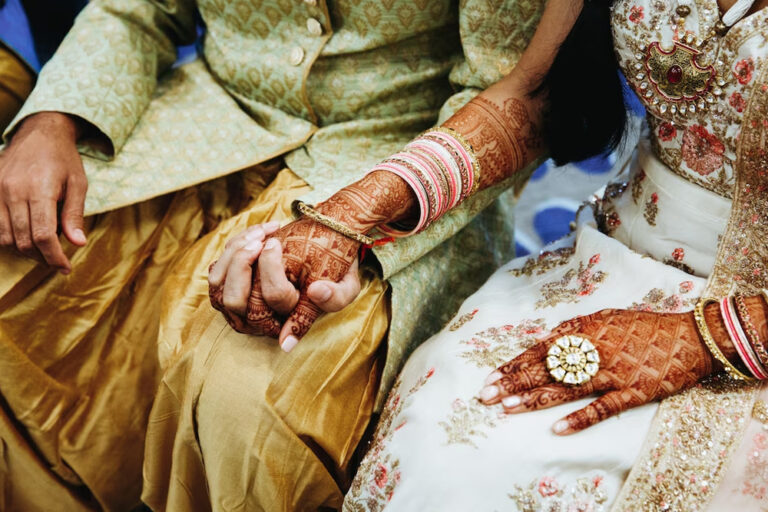Teach your kids about the harvest festivals of india
Let’s educate our kids about our Indian festivals. Did some research and shared a few things about the festival with little Veer! You can do so too with your little ones! ❤️
LOHRI
Lohri is celebrated on the evening of 13th January every year. Initially people of Punjab used to celebrate this festival, but today, it is celebrated in almost entire northern India. People wear traditional clothes and dance around a bonfire.
People offer prayers and food to the fire God by throwing sesame seeds, jaggery, sugarcane sticks, rewaris, gajak, and popcorns into the fire while dancing around it. This festival symbolizes the spirit of unity, gratitude, and brotherhood.
MAKAR SANKRANTI
Makar Sankranti is celebrated on 14th January every year. The main intention of celebrating Makar Sankranti is to raze the difference and spread love among neighbours and community. People distribute sweets and this brings them close to each other.
On this day the entire period right from sunrise to sunset is considered holy and important. This is the reason why people donate things and perform meritorious acts this day because it is believed that this day yields the best fruits.
PONGAL
Pongal is a four-day long harvest festival celebrated in Tamil Nadu as a thanksgiving ceremony for the flourishing season of harvest. It marks the beginning of the Tamil month Thai that is considered auspicious, believed to bring luck and help people get rid of their problems.
On the first day of Pongal, people pay respect to Lord Indra who is responsible for showering rain that ensures a good crop year. The next day, ceremonial worship is performed around the household.
On the third day, cattles are worshipped by tying colorful beads, flower garlands, and tinkling bells around their neck. On the last day of the celebration, women place a washed turmeric leaf on the ground.
BIHU
Bihu is the most important festival of Assam. People celebrate Bihu by paying respect to elders. Traditionally Bihu was celebrated with Bihu dance, a specific form of dance, which was performed by a group of youths who used to go from house to house.
Various cuisines, vegetables, meat items, and sweets are made out of sesame, molasses, and coconut. The next morning, people gather to light a large bonfire and throw rice cakes and betel buts into it as an offering to the God of fire.











